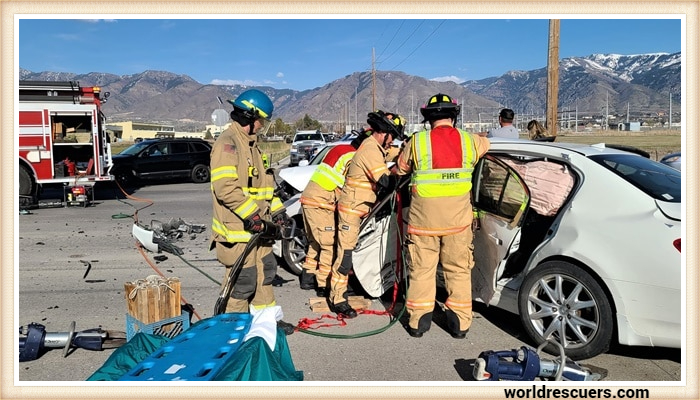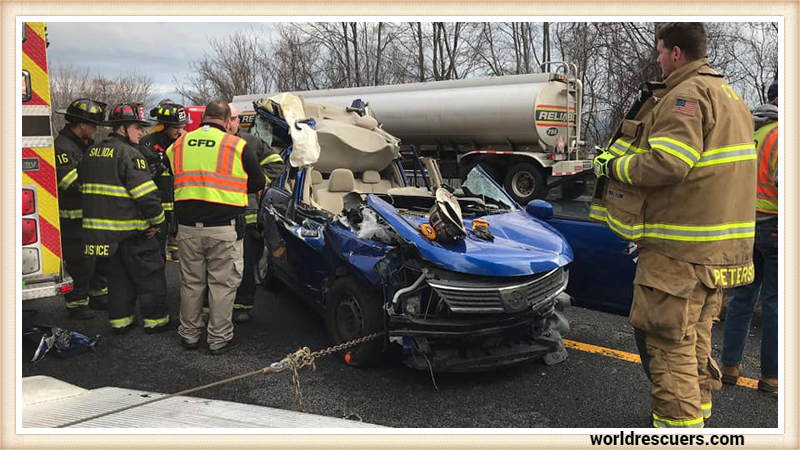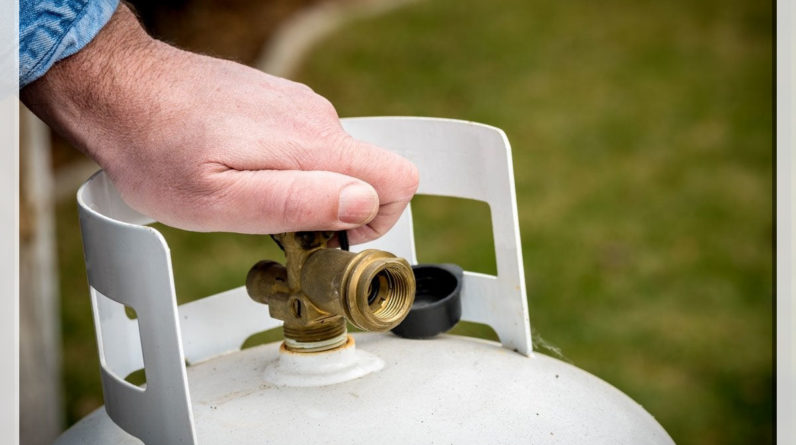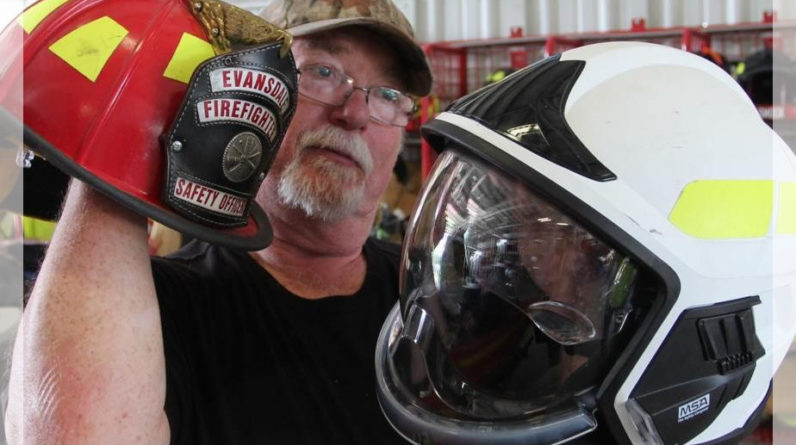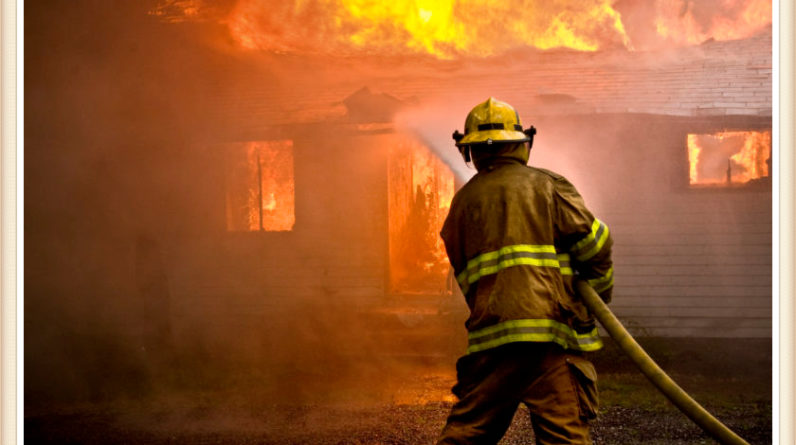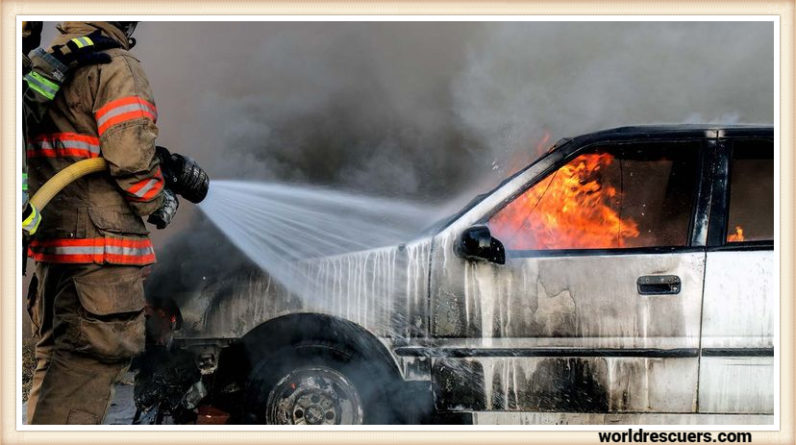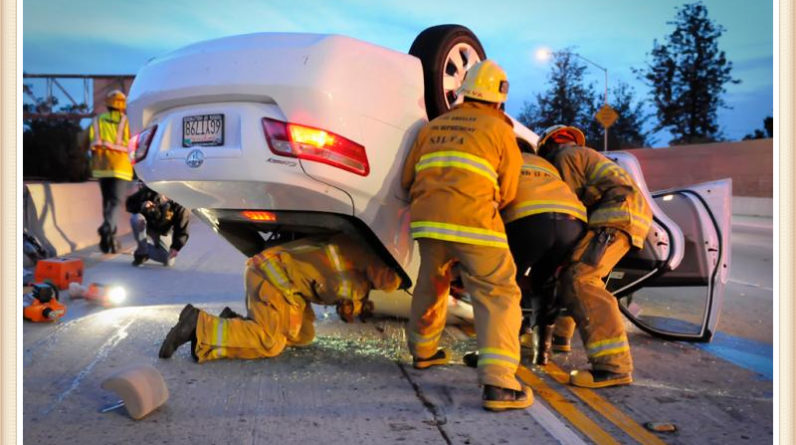
Conclusion
In the realm of emergency response, the ability to extricate individuals swiftly and safely is a skill that can make the difference between life and death. Specialized extrication teams represent a critical asset in this field, combining speed, expertise, and precision to save lives in the most challenging of circumstances.
In the high-stakes world of emergency response, every moment counts, and when it comes to critical incidents, such as active shooter events, the ability to extricate individuals swiftly is paramount. This article delves deep into the significance of swift extrication in emergency scenarios, highlighting the techniques, training, and equipment required to execute this life-saving process effectively.
The Challenge of Emergency Extrication
Emergency situations often involve individuals trapped or injured in perilous circumstances, from car accidents to building collapses. The term “extricate” refers to the process of safely and efficiently removing individuals from these hazardous situations. While it is a fundamental aspect of emergency response, its importance cannot be overstated.
The Birth of Specialized Extrication Teams
To meet the unique challenges of extrication in high-stress scenarios, specialized extrication teams have emerged. These teams combine the skills of first responders, firefighters, and emergency medical technicians (EMTs) to form a highly coordinated and rapid response unit dedicated to extricating individuals swiftly and safely.
Key Components of Extrication Teams
- Skilled Personnel: Extrication teams consist of experts trained in various extrication techniques, including vehicle extrication, trench rescue, and structural collapse rescue.
- Advanced Training: Team members undergo rigorous training in extrication scenarios, emphasizing speed, precision, and safety.
- Specialized Equipment: Extrication teams are equipped with advanced tools and equipment, including hydraulic rescue tools, airbags, and cutting-edge medical gear.
- Communication: Effective communication among team members and with other first responders is facilitated through advanced radio systems, ensuring seamless coordination during extrication operations.
The Extrication Advantage
The specialized nature of extrication teams offers several advantages over traditional response methods:
1. Speed Saves Lives
The swift response of extrication teams significantly reduces the time individuals spend in life-threatening situations, increasing their chances of survival.
2. Expertise in Complex Scenarios
Extrication teams are trained to handle complex and dangerous situations, such as vehicle entrapments, with precision and efficiency.
3. Enhanced Safety
The focus on safety protocols minimizes the risk of further injury to both victims and responders during extrication operations.
4. Coordinated Efforts
Extrication team members work seamlessly together, ensuring that extrication operations proceed smoothly, with minimal delays.
Implementing Specialized Extrication
To effectively implement specialized extrication teams, agencies must prioritize the following steps:
- Comprehensive Training: Ongoing and intensive training is essential to keep extrication team members sharp and ready for any scenario.
- Equipment Investment: Agencies must invest in cutting-edge extrication tools and equipment to ensure swift and safe operations.
- Interagency Collaboration: Effective communication and cooperation with other emergency response units are vital to the success of extrication operations.
FAQ’s
What does extricate mean mean?
To extricate means to free or remove something or someone from a difficult or trapped situation.
What is a synonym for extricate?
A synonym for extricate is “liberate.”
What does it mean to extricate yourself?
To extricate yourself means to free or remove yourself from a difficult or challenging situation, typically by your own actions or efforts.
What does extricate person mean?
Highly trained Assistant Fire Chief dedicated to public safety and awareness for the past 16 years. Effective leader who remains steady during times of emergency, while directing and motivating team members throughout crises.

